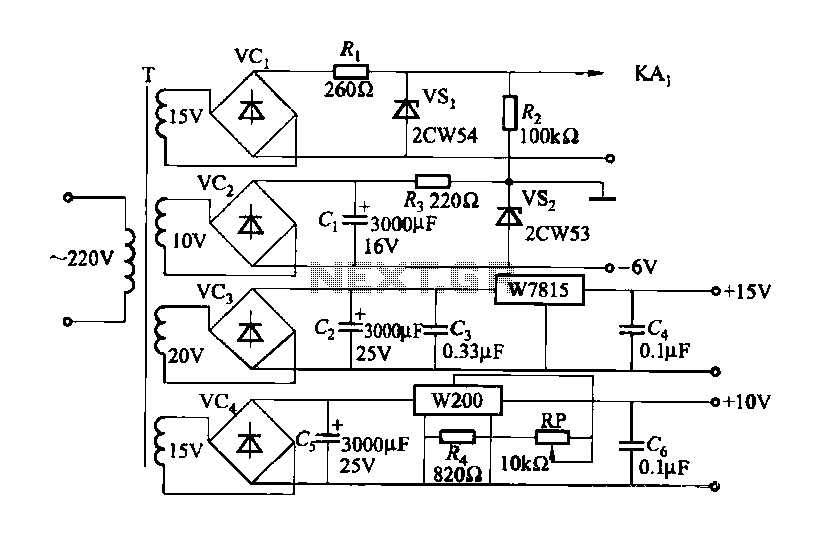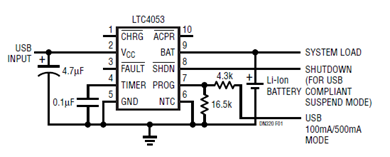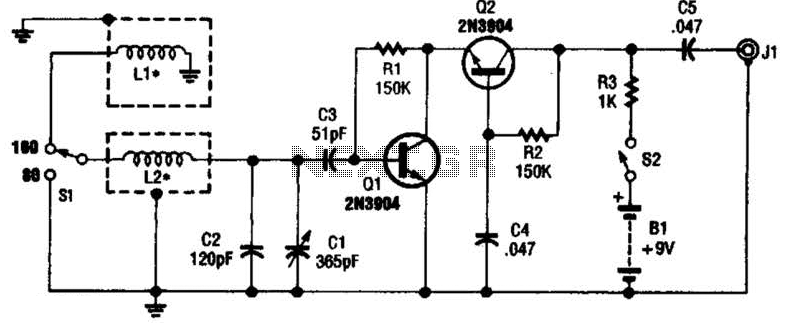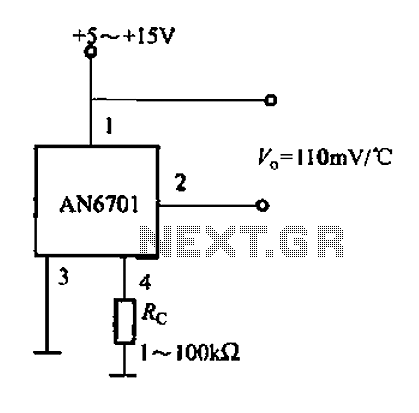
Mono to stereo circuit
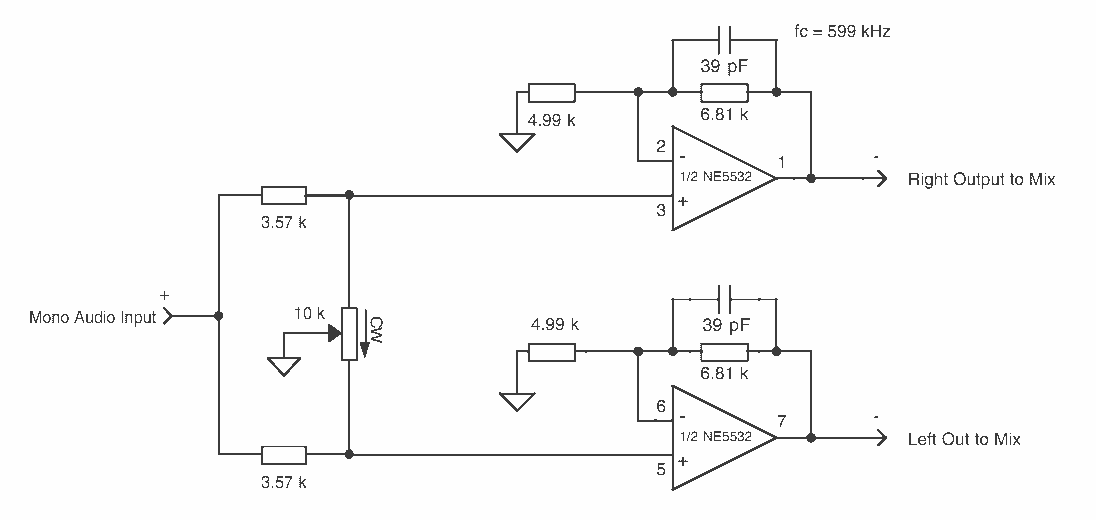
The output voltage is = 0.707 x Vin, at the center position. The output voltage is = Vin, at either extreme position.
This circuit appears to describe a variable output voltage system, likely utilizing a potentiometer or a similar adjustable component. The output voltage is dependent on the input voltage (Vin) and varies based on the position of the adjustable component.
At the center position of the potentiometer, the output voltage is calculated to be 0.707 times the input voltage, indicating a specific attenuation of the signal. This could suggest that the circuit is designed to provide a stable reference voltage or a specific gain setting, often utilized in audio applications or signal processing where a controlled output is necessary.
At the extreme positions of the adjustable component, the output voltage equals the input voltage (Vin), allowing for full signal transmission without attenuation. This functionality indicates that the circuit is capable of operating as a variable gain amplifier or a voltage divider, depending on the configuration of the components in the circuit.
The overall design likely includes additional components such as resistors or capacitors to stabilize the output and prevent noise, ensuring that the voltage output remains consistent across the varying positions of the adjustable component. The circuit may also incorporate feedback mechanisms to enhance performance and linearity across the entire range of operation.
In summary, the described circuit is a versatile voltage output system, capable of providing both attenuated and full output levels based on the position of the adjustable component, making it suitable for applications requiring precise voltage control.The output voltage is = 0.707 x Vin, at the center posititon. The output voltage is = Vin, at either extreme position. 🔗 External reference
This circuit appears to describe a variable output voltage system, likely utilizing a potentiometer or a similar adjustable component. The output voltage is dependent on the input voltage (Vin) and varies based on the position of the adjustable component.
At the center position of the potentiometer, the output voltage is calculated to be 0.707 times the input voltage, indicating a specific attenuation of the signal. This could suggest that the circuit is designed to provide a stable reference voltage or a specific gain setting, often utilized in audio applications or signal processing where a controlled output is necessary.
At the extreme positions of the adjustable component, the output voltage equals the input voltage (Vin), allowing for full signal transmission without attenuation. This functionality indicates that the circuit is capable of operating as a variable gain amplifier or a voltage divider, depending on the configuration of the components in the circuit.
The overall design likely includes additional components such as resistors or capacitors to stabilize the output and prevent noise, ensuring that the voltage output remains consistent across the varying positions of the adjustable component. The circuit may also incorporate feedback mechanisms to enhance performance and linearity across the entire range of operation.
In summary, the described circuit is a versatile voltage output system, capable of providing both attenuated and full output levels based on the position of the adjustable component, making it suitable for applications requiring precise voltage control.The output voltage is = 0.707 x Vin, at the center posititon. The output voltage is = Vin, at either extreme position. 🔗 External reference
